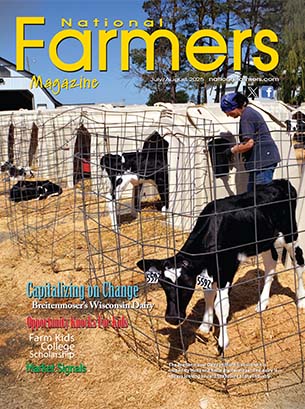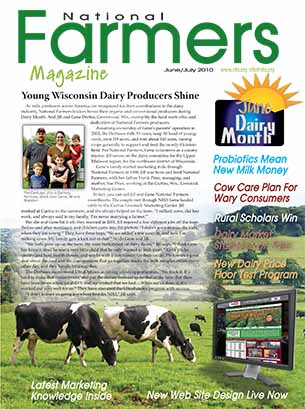America’s Farm Bill
A collective virtual sigh of relief in rural America occurred when the current Farm Bill was extended last November. The real work has already begun to craft legislation for a new Farm Bill in 2024.
Both House and Senate ag committees point out the current farm bill was written before the pandemic and inflation spiked, and before global unrest sent shock waves through the food system. Ag committee leaders in both chambers stress the need for programs that reflect today’s realities in a new five-year bill.
Leaders said a great deal of work has already been done by both agriculture committees over the past 18 months to prepare and they underscore Congress must keep that momentum going.
The first Farm Bill as passed in 1933 by President Franklin Roosevelt. During WWI, America ramped up farm commodities production to meet export demand, but in the ‘20s, demand for America’s farm commodities fell and prices plummeted.
The 2018 Farm Bill cost about $428 billion dollars and analysts estimate the next Farm Bill will cost $709 billion over the next five years. Funds for immigration, nutrition and fresh food access programs, along with commodity subsidies, crop insurance, soil health, water use and climate impacts on agriculture may be hotly debated.
New Farm Bills – What Takes So Long?
Passing the Farm Bill is an involved process with many moving parts but there are three major stages to getting a Farm Bill passed: Reauthorization, appropriations, and rulemaking.
Reauthorization begins with committee hearings, where stakeholders discuss their priorities with the House and Senate Agriculture Committee members a year before the new bill is crafted. Also introduced are Marker Bills — smaller bills with policy proposals that legislators hope are incorporated into the Farm Bill and set the tone for discussions for the new bill.
Building a budget for the Farm Bill comes next, with the Congressional Budget Office offsetting any budget cost increases with cuts. Full drafts of the Farm Bill are written by both Senate and House Agriculture Committee Chairs and presented to the other committee. Debates, amendment proposals, and voting follow, and then the drafts are taken to the full House and Senate for another round of debates, amendments, and voting before moving to the House and Senate for full approval.
The Joint Conference Committee, made up of senior members of each agriculture committee, work to blend both drafts into one with the hope of bipartisan support to pass the bill without additional debate or amendments.
Then the final bill returns to the House and Senate for a final vote. If it passes, the president then signs or vetoes the bill. If vetoed, Congress votes and is able to override the president’s veto with two-thirds of each house voting for bill passage.
Once the bill then becomes law, funding is still up for debate. The discretionary and mandatory funding is hashed out during the appropriations phase. Mandatory funding is automatically disbursed each year while discretionary funding is debated annually.
Nutrition, commodities, crop insurance, and conservation programs fall under mandatory funding area.
Rulemaking is the last step where the U.S. Department of Agriculture determines the rules and regulations for the bill’s implementation. After a 30 to 90-day comment window opens for the general public and advocates to weigh in, USDA makes the final decisions and begins administration of programs.
As we have seen this year, the entire process can be a long-drawn-out affair. Some expect the 2018 Farm Bill to continue to be extended, with a new bill not coming until after the 2025 election.










